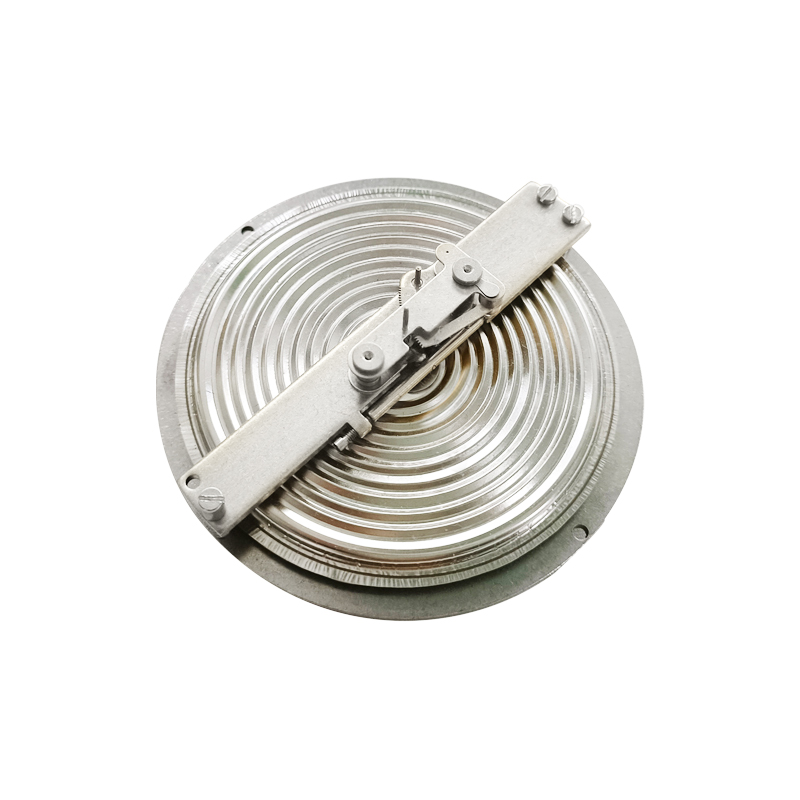
Nov . 16, 2024 04:36 Back to list
Diaphragm Pressure Gauge Applications and Benefits in Industrial Settings
Understanding the Diaphragm Pressure Gauge Key Features and Applications
A diaphragm pressure gauge is an essential instrument used to measure pressure in various industrial and laboratory applications. It employs a flexible diaphragm to sense the pressure of gases or liquids, converting this mechanical movement into a readable measurement. This article will explore the working principle, types, advantages, and applications of diaphragm pressure gauges.
Working Principle
The diaphragm pressure gauge operates on a straightforward principle. At the core of the gauge is a diaphragm, typically made from stainless steel or other resilient materials. When pressure is applied to one side of the diaphragm, it creates a deflection. This deflection is proportional to the pressure exerted, allowing for accurate readings. Attached to the diaphragm is a mechanical linkage system connected to a needle or dial that indicates the pressure on a scale.
The diaphragm's design is vital for the gauge's performance. It can be constructed in a flat or corrugated form to accommodate different pressure ranges and media conditions. The flexibility of the diaphragm permits precise measurements, even for small pressure changes.
Types of Diaphragm Pressure Gauges
Diaphragm pressure gauges can be categorized into several types based on their construction and functionality
1. Bourdon Tube Pressure Gauges While primarily utilizing a Bourdon tube, some models incorporate a diaphragm for enhanced sensitivity and accuracy.
2. Digital Diaphragm Gauges These advanced versions provide electronic readings and often include features like data logging and remote monitoring capabilities.
Advantages
the diaphragm pressure gauge jah

Diaphragm pressure gauges offer several advantages
1. Accuracy The flexible diaphragm allows for high sensitivity to pressure changes, making these gauges extremely accurate for both low and high-pressure applications.
2. Durability With robust materials like stainless steel, diaphragm gauges can withstand harsh environments, including corrosive substances and extreme temperatures.
3. Maintenance-Free Most diaphragm gauges are sealed, minimizing the need for regular maintenance and reducing the risk of failure.
4. Versatility They can be used for both gases and liquids, as well as in various industries such as oil and gas, chemicals, food processing, and pharmaceuticals.
Applications
The applications of diaphragm pressure gauges are vast and varied. They are commonly used in
- Chemical Processing Monitoring process pressures to ensure safety and optimal functionality of systems. - Oil and Gas Measuring pressure in pipelines and storage tanks, essential for safe operation. - Hydraulic Systems Providing feedback on system performance and pressure levels. - Food and Beverage Ensuring proper pressure levels in production processes to maintain quality and safety standards.
Conclusion
In summary, diaphragm pressure gauges are indispensable tools in many industries, providing precise pressure measurement and consistent performance. Their ability to operate effectively in various conditions, coupled with their durable design, makes them a preferred choice for engineers and technicians alike. Understanding their functionality and applications can help professionals make informed decisions about their use in specific processes, enhancing operational efficiency and safety.
-
High-Precision 5 Valve Manifold Differential Pressure Gauge Suppliers
NewsApr.29,2025
-
High-Precision Diaphragm Vacuum Pressure Gauges Manufacturers & Quotes
NewsApr.29,2025
-
Omega Differential Pressure Gauges High Accuracy & Durability
NewsApr.28,2025
-
Low Pressure Differential Pressure Gauges Precision Solutions & Quotes
NewsApr.28,2025
-
Digital Diaphragm Pressure Gaauge Precision Measurement & OEM Quotes
NewsApr.28,2025
-
Differential Pressure Gauge China Price High-Accuracy & Best Quotes
NewsApr.28,2025
